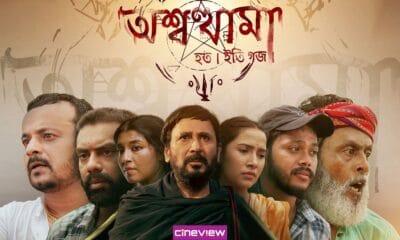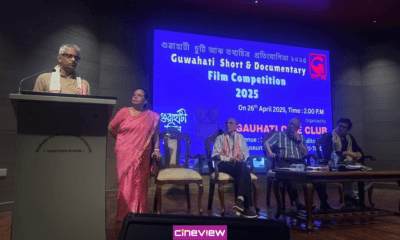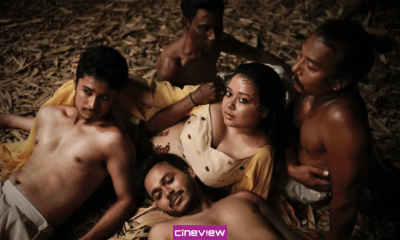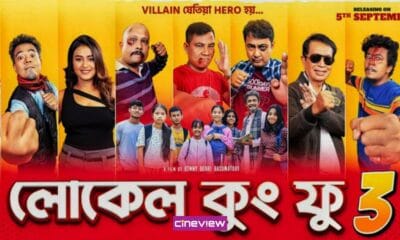Personal Reflections
Why you should watch “Bhaimon Da”?
The film “Bhaimon Da” isn’t just about the people everyone already knows in the Assamese film world. It’s also about the ones who made space for those names to become what they are today.
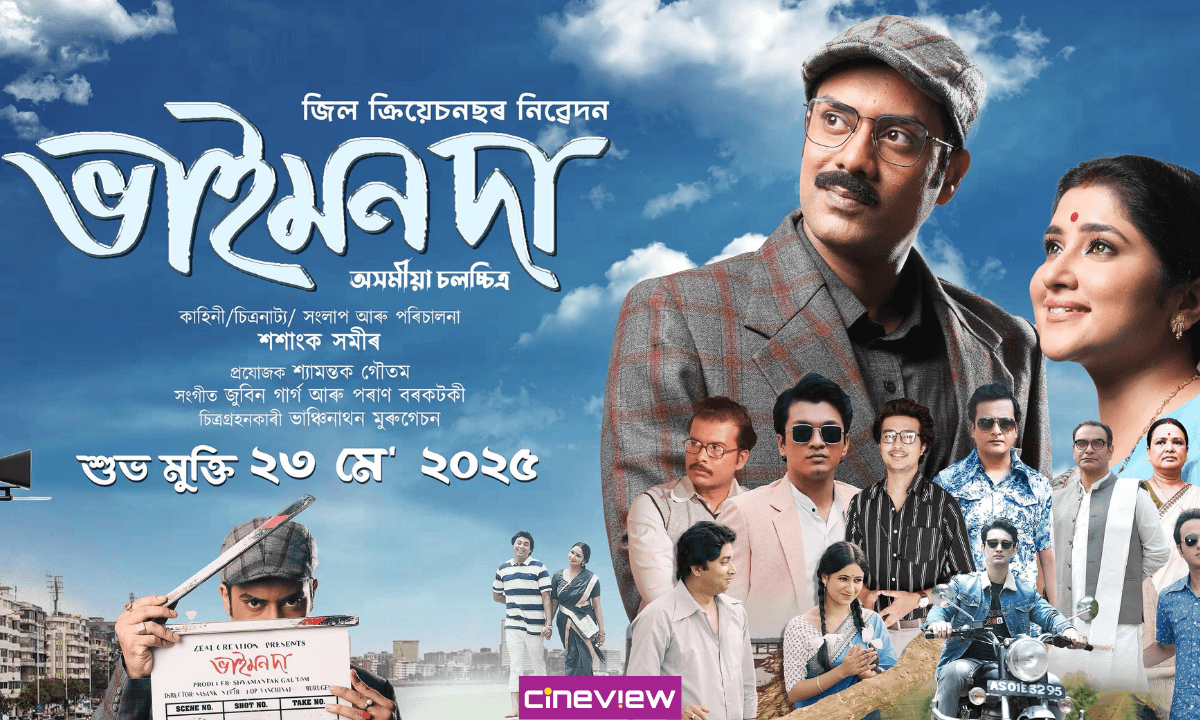
A few days ago, I was talking to a friend, in the middle of our conversation, he asked me, “Tell me, why should I watch Bhaimon Da?”
It’s a film I have been associated with since 2020. I have seen it grow from the very first scene being written to what it is today, a full-blown movie. But I had never imagined I would be asked a question about it that would compel me to think about the film not just from the perspective of a maker, but from that of an audience member who has no idea who Munin Barua is.
He then asked, “Are you asking me to watch it only because you worked on it?”
I paused. That can’t be the reason. Of course, I have my biases toward the film, but that alone is not enough for my friends or anyone else to go see it.
Even though his questions caught me off guard, I did share a few things with him, ones I would tell anyone else who asks me the same.
Bhaimon Da, though based on Munin Barua’s life, is also a tribute to those behind the camera, the ones often forgotten or never truly appreciated. Shiv Prasad Thakur, who delivered superhits and paved the way for an entire generation of film workers, including Munin Barua. Jogen Das, who stayed backstage, made sure actors looked the part. People like Upen Dutta, Abdul Manan, and Biren Gogoi, always there with Thakur and Barua, silently holding the film together. And Topobrat Baruah, the producer who helped bring Buwari to life, a film that marked Shiv Prasad’s rise as a director and Munin Barua’s as a writer.
So, the film “Bhaimon Da” isn’t just about the people everyone already knows in the Assamese film world. It’s also about the ones who made space for those names to become what they are today.
Today, this film feels like it’s for everyone: those who watch cinema as an academic pursuit, and people like me who crave a grand viewing experience. For the former, it will be a text to engage with, a way to understand a part of the Assamese film industry that’s rarely been explored. For the rest of us, it will be a window to nostalgia. You will see how films like Buwari, Ghor Sansar, Hiya Diya Niya, Barood, Ramdhenu, and others once held audiences in their spell. How their scenes and songs take us back to a time when cinema wasn’t easily accessible, yet somehow felt so close.
Periodic cinema like this not only revisits the past, it archives it. It makes space for memory. Just like Harishchandrachi Factory did for Dadasaheb Phalke in Marathi cinema or how Mahanati brought Savitri’s story back into Telugu and Tamil conversations, Bhaimon Da brings Munin Barua and the people around him back into the room, not in textbooks or formal histories, but in a way that’s accessible, emotional, and very human.
If in recent days, you’ve been amazed by how Superboys of Malegaon on Nasir Shaikh, Jubilee on the origin of Ashok Kumar’s acting career, or Aparajito on the making of Pather Panchali by Satyajit Ray captured a forgotten time and the magic behind filmmaking, then Bhaimon Da is also set to sway you into the world of 1960s Assam and beyond. From a small town called Golaghat, a few young minds were ready to write a new chapter in Assamese cinema and change how films were seen. They fought to revive its beauty, to find space in cinema halls where Hindi films were taking over. They fought for the today we have.
But it doesn’t just stop at telling an inspiring story. You also get to see what went on behind the scenes of evergreen Assamese films like Buwari, Hiya Diya Niya, Barood, and more, how sweet love stories bloomed, how iconic scenes were shot, and how the journey wasn’t always a fairy tale. It’s a mix of emotions: gratefulness, frustration, everything in between.
And for the history that is yet to be written, this film could be a landmark. It created work for 350 actors and 150 technicians over three months. This is their story—of them, for them, with them.Films like these spark inspiration. For future filmmakers, they offer more than history, they show the spirit of the industry. That cinema was always about struggle, jugaad, community, and heart. Watching Bhaimon Da might make someone pick up a camera, write a script, or simply revisit an old Assamese film with new eyes. And that, I feel, is reason enough to watch it, not just because I worked on it, but because the stories it tells belong to all of us.

 Opinion7 months ago
Opinion7 months agoMorality, Obscenity and “Mou Bihu”

 Film Reviews1 year ago
Film Reviews1 year agoJoy Hanu Man: The Hero Amongst Us

 Film Reviews1 year ago
Film Reviews1 year agoSundarpur Chaos or Chaos in Director’s Vision

 Film Reviews1 year ago
Film Reviews1 year agoFor Assamese cinema to flourish, movies like Sikaar are necessary

 Film Reviews1 year ago
Film Reviews1 year agoLocal Kung Fu 3: Is Assamese Comedy Evolving?

 Film Reviews1 year ago
Film Reviews1 year agoBidurbhai’s Shocking Caricature of Queers: Painful but Not Surprising

 Film Reviews2 years ago
Film Reviews2 years agoBasumatary’s Jiya is a Beacon of Hope for Assamese Cinema

 Film Reviews1 year ago
Film Reviews1 year agoBhoot Jolokiya: Just like the chili, the movie too lingers long after it’s over


